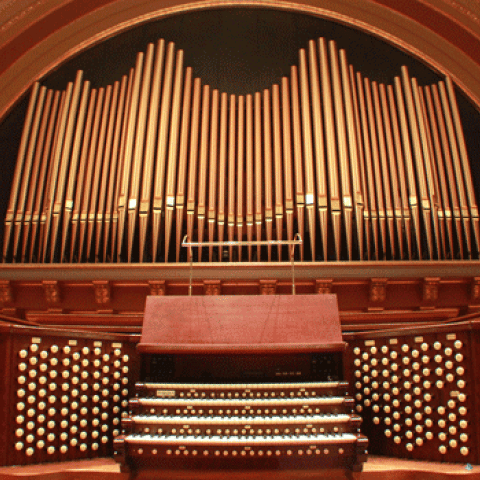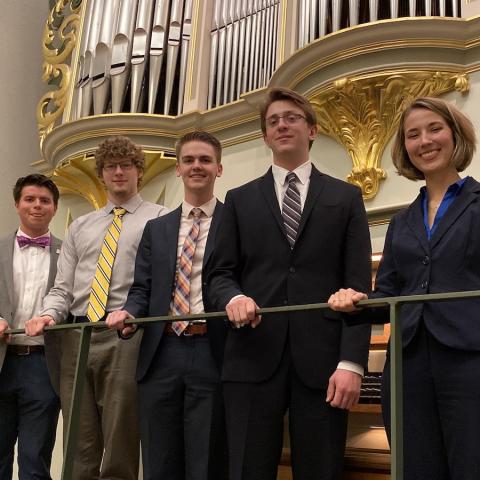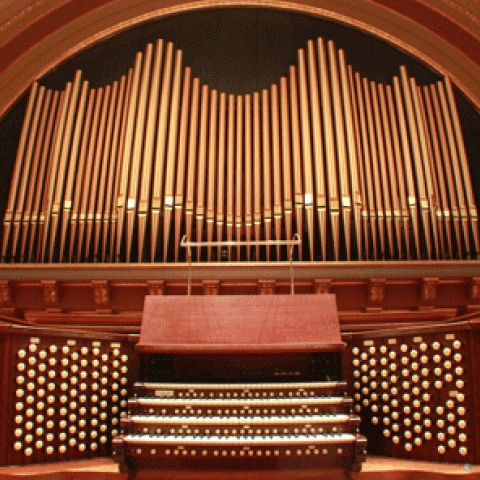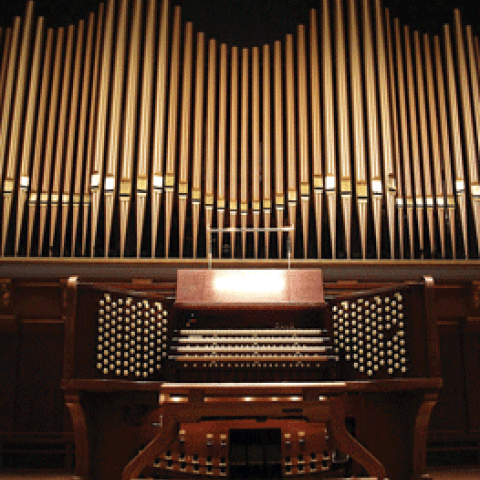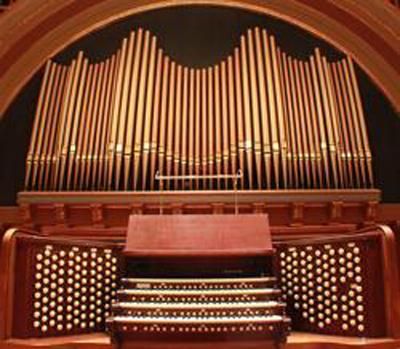
The University of Michigan, Ann Arbor, invites proposals for events at its 59th Annual Organ Conference, September 28–October 1, with the theme, “Building Bach: His Foundations and Futures.”
Proposals must be received by March 1.
Requirements and further details are available from James Kibbie: jkibbie@umich.edu.


